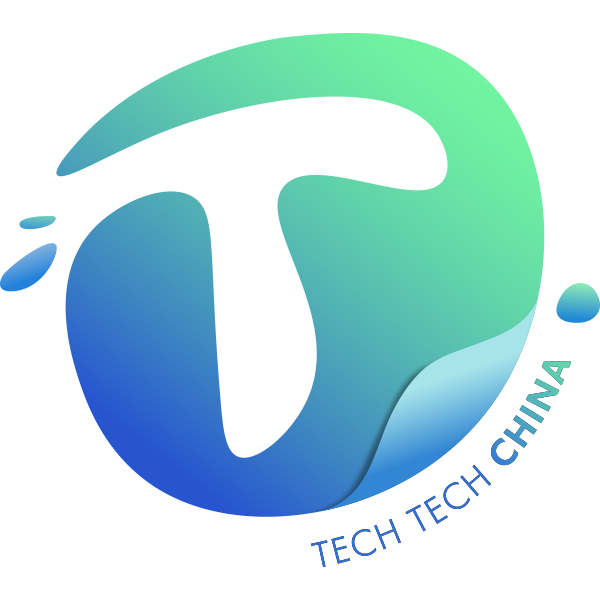By Ivy Yang and Yingliang Wang
Fall is high time for Chinese tech giants to head overseas. This September, Pinduoduo’s cross boarder ecommerce platform Temu and IfYooou officially launched in the overseas market. IfYooou targets mainstream European market as well as the North American market, covering categories such as beauty, pets, and office supplies alongside the main category female apparel. Temu put itself on the map first, briefly claimed the top spot in Android app store’s shopping category two weeks after its launch. Although the ranking reflects solely the number of new downloads, and does not consider stats like user activeness or repurchase rate, it is nevertheless impressive given there are already Amazon and SHEIN in the north America market, and both heavyweights already lead in terms of market share and the product categories that Temu hopes to tap in. Temu is entering an enormously competitive market and with unflinching conviction. With the slowdown in macroeconomic conditions and the e-commerce sector in China, betting on overseas market is a revamp of the traditional export business model. For Ifyooou, Temu and SHEIN, the new strategy entails integrating China’s massive industry and logistics ecosystem, fostering the direct manufacturers-to-buyers channels, and developing customer base in new markets.
The Incumbent VS. Challenger
Western media has largely characterized Temu’s entrance into the north America market as a low-profile “soft launch.” However, Temu’s parent company Pinduoduo has been making waves back in China and launched the “2022 DuoDuo Overseas Support Program.” The campaign aims to provide an integrated service solution for manufacturers, which both Pinduoduo and Temu rely on for merchandising. It is reported that Pinduoduo has poured over 10 billion RMB (~1.3 billion USD) into the plan and aims to incubate in its initial phase 100 overseas brands, and support 10,000 manufacturers to sell directly to the overseas market. Temu retains features of its parent company Pinduoduo: low prices and broad-ranging product categories. Industry insiders believe that Temu could grow into a worthy challenger to SHEIN and Amazon once it stabilizes its customer base and doesn’t have to spend heavily on customer acquisition. Despite the prospects, the road to glory is long and treacherous.
SHEIN and Temu’s competitive advantages are similar: China’s domestic supply chain, existing supplier resources and deep pockets to support steep discounts, coupons for new users and buying traffic on social media platforms. The difference, however, is timing. When SHEIN entered the U.S. market a few years ago, online traffic was ample and inexpensive. SHEIN correctly bet on the Gen Z demographic and its openness to purchase via app, instead of on desktop. SHEIN’s low-pricing strategy captured a large group of young users who have limited purchasing power but are digital natives who love sharing their shopping choices on social media. SHEIN’s core strength is not just its low prices, but also high frequency of new releases and its algorithm that predicts the next big trend. These factors help make the SHEIN platform “sticky” and retain customers. SHEIN has grown from an obscure name to an industry leader with sales exceeding $16 billion in the first half of 2022 and a year-over-year growth rate of over 50%.
SHEIN’s success story is one of being at the right place at the right time. Temu, however, now faces a completely different market environment. In the U.S. market, for example, SHEIN’s customer per capita acquisition cost on Facebook in the first half of this year was around $35, while Temu may need 2-3 times the price to attract customers to its platform. In this highly saturated market, the exorbitant customer acquisition cost and the anemic growth in customer basket size are the major obstacles to profitability. Temu’s competitors are two juggernauts: Amazon and SHEIN. Interestingly, Temu’s parent company Pinduoduo, Chinese ecommerce platform second in enterprise value to Alibaba, was a challenger like Temu in the domestic Chinese market when there was already a market winner, Alibaba. Pinduoduo’s rapid growth and subsequent successes are linked to WeChat, China’s superapp combining messaging, payments, social media, and e-commerce. In the overseas market, without the support of a strategic partner like Wechat to access a readily available traffic pool, the cost of customer acquisition is very high. It is unclear whether Temu plans to carry forward Pinduoduo’s tried-and-tested tactics such as the group social buying model in China to attract overseas customers. For North American users, in addition to the externality of low prices, factors such as shipping speed, customer services and platform wide product quality control are as important. The success of SHEIN demonstrates the huge market opportunity low-price strategy alone can bring, but more questions remain for whether Temu can replicate SHEIN’s success. How long can Temu continue to bleed in marketing and platform subsidies? Will it be able to establish a trustworthy reputation from scratch?
Moving from “Quantity” to “Quality” Growth
In a global environment where low interest rates and low cost of capital are no longer the norm, spending big to grow and maintain the market leading position is unsustainable. As countries across the world experience varying degrees of economic slowdown, low priced goods offer timely solution to bargain-hunting consumers. The verdict is still out who is the biggest winner: platform, overseas consumer, or suppliers who now have multiple platforms to choose from.
The priority for Chinese companies going overseas is first and foremost survival, and to build from that. SHEIN and Temu heavily rely on the economies of scale in the Chinese manufacturing apparatus. They can secure an extensive collection of goods on day one of launch, spend heavily to drive traffic to site, attract suppliers to join the platform, therefore creating a closed loop on the supply side. Despite the efficient supply of goods, the bigger challenges facing Chinese companies are related to intellectual property and market compliance risks. SHEIN, for example, has been accused of IP infringement by independent designers, brand manufacturers, and small retailers. SHEIN has claimed itself as an enabling platform, and largely deflected the blame to its third-party suppliers, but as SHEIN’s influence grows, this line of reasoning is increasingly difficult to maintain.
Regardless of where Chinese companies decide to expand to— North America, Europe, Southeast Asia, or Africa— the key balance would be justifying their market investments while minimizing risks. Continual and steady brand reputation efforts should be top of mind and as part of the overall market entry strategy. Quantitative key performance indicators are essential to measuring success; however, the qualitative metrics from building a thoughtful marketing campaigns and corporate brand should be part of the strategy mix. Public communication engagement efforts and a commitment to be part of the local market is key to integrating for Chinese companies entering the overseas markets.
China’s increasingly saturated and fiercely competitive domestic e-commerce market has forced Chinese companies to look elsewhere for growth opportunities, often through mergers and acquisitions of overseas assets. But Chinese companies going abroad face challenges not only from China’s domestic players overseas, but also from competitors in host countries. And if they are to compete for consumers and win the market, they must design sophisticated strategies and secure new competitive advantages as they learn from and emulate one another. As their ambition grow, Chinese companies are poised to find and create more opportunities in these markets.




